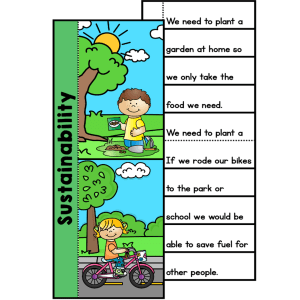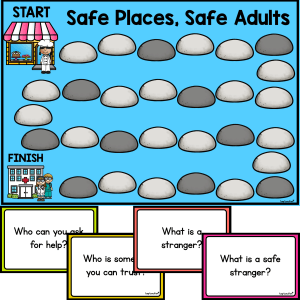Understanding Clauses: Sentence Structure Assessment

Description
Assess with confidence using our Understanding Clauses: Sentence Structure Assessment! This comprehensive resource allows students to demonstrate their understanding of clauses, subject-verb agreement, and sentence structure through a variety of targeted tasks—perfect for consolidating learning and tracking grammar progress.
Students will work through activities that require them to identify subjects and verbs, correct errors, rewrite sentences, and create their own compound structures. With a detailed rubric included, this assessment provides clear expectations and supports differentiated marking across multiple achievement levels.
Understanding Clauses: Sentence Structure Assessment is ideal for end-of-unit review, formal assessment, or writing portfolios. It allows students to apply knowledge in context and helps you capture growth in grammar understanding over time.
Key Learning Outcomes:
- ✅ Identify and apply knowledge of sentence clauses and their components
- ✅ Demonstrate subject-verb agreement across sentence types
- ✅ Construct and revise simple and compound sentences with appropriate grammar
- ✅ Reflect on grammar use through written explanations
- ✅ Show independent understanding of sentence structure in original writing
What’s Included:
- Structured student assessment worksheet with a variety of tasks
- Comprehensive marking rubric to assess multiple skill levels
- Focus on subject-verb agreement, clause identification, and sentence formation
Materials Needed:
- Printed assessment and rubric
- Pencils or pens
- Highlighters (optional for subject/verb identification)
How to Use:
- Identify subjects and verbs in given sentences.
- Differentiate between singular and plural subjects/verbs and apply them correctly in sentence writing.
- Rewrite sentences to correct subject-verb agreement and explain the changes made.
- Transform basic sentences into compound sentences using suitable conjunctions.
- Create compound sentences from given clause prompts.
- Respond to sentence prompts by writing original simple and compound sentences.
Ideas for Classroom Use:
- 💡 Use at the end of your grammar unit as a summative assessment
- 💡 Include in writing portfolios to demonstrate growth and mastery
- 💡 Assign as an independent task following a week of clause-focused lessons
- 💡 Review in small groups to support understanding of question types
- 💡 Use as pre-assessment to determine areas for differentiation
Top Teacher Tips:
- 💛 Begin with a brief review of clauses, conjunctions, and subject-verb agreement before the assessment
- 💛 Walk through an example from each section to clarify expectations
- 💛 Allow paired discussion time to support clause and verb identification strategies before starting
- 💛 Have students complete a self-assessment using the rubric to reflect on their understanding
- 💛 Pair students for peer review and sentence comparison to deepen discussion around grammar choices
- 💛 Invite students to find examples of clause structures in books or texts to connect grammar to reading
Understanding Clauses: Sentence Structure Assessment is a thoughtful and practical tool for evaluating key grammar skills—ideal for end-of-unit review, summative assessment, or portfolio evidence in your writing program!
This resource is part of our Year 3 English Unit – Exploring Clauses: Subjects, Verbs and Agreement.
Additional information
| Number of Pages | 8 |
|---|---|
| File Format | |
| Australian Curriculum Code | AC9E3LA06 |
Australian Curriculum V9
F - 6
Lorem ipsum dolor sit amet, consectetur adipiscing elit.
Lorem ipsum dolor sit amet, consectetur adipiscing elit.
Lorem ipsum/ Lorem ipsum/ Lorem ipsum
Lorem ipsum dolor sit amet, consectetur adipiscing elit.
Lorem ipsum dolor sit amet, consectetur adipiscing elit.
Lorem ipsum/ Lorem ipsum/ Lorem ipsum
Lorem ipsum dolor sit amet, consectetur adipiscing elit.
Lorem ipsum dolor sit amet, consectetur adipiscing elit.
Lorem ipsum/ Lorem ipsum/ Lorem ipsum
Lorem ipsum dolor sit amet, consectetur adipiscing elit.
Lorem ipsum dolor sit amet, consectetur adipiscing elit.
Lorem ipsum/ Lorem ipsum/ Lorem ipsum
Lorem ipsum dolor sit amet, consectetur adipiscing elit.
Lorem ipsum dolor sit amet, consectetur adipiscing elit.
Lorem ipsum/ Lorem ipsum/ Lorem ipsum





